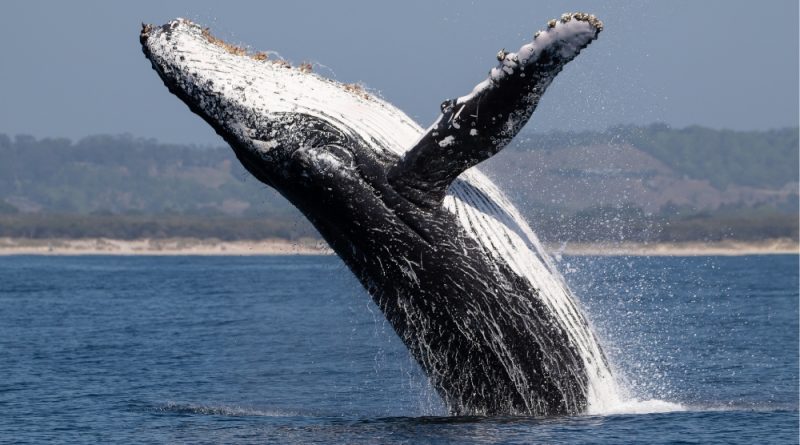Whales – The Largest Navigators of the Ocean
Explore the Whale Migrations
Whales are considered some of the greatest navigators of the oceans due to their incredible migrations. These magnificent creatures cover long distances every year in search of food, reproduction, and shelter. Their epic journeys span entire oceans and are a breathtaking spectacle of nature.
One of the most well-known migrations is that of humpback whales, covering approximately 8,000 km each year. These whales travel from the cold waters of the Arctic and Antarctica to the warmer tropical waters, where they mate and give birth to their calves. During this journey, they face various challenges such as ocean currents, predators, and changes in weather conditions.
Another migratory whale species is the gray whale, which covers an impressive distance of up to 20,000 km. They travel from the cold waters of the Arctic to the warm waters of Mexico, where they mate and give birth. This migration is one of the longest among mammals and is an incredible display of resilience and determination.
Whales are also known for their ability to navigate using natural landmarks. They use geographical features such as currents, water temperature, seafloor topography, and even the position of the sun and stars to orient themselves during their migrations.
This precise navigation ability allows them to find the best feeding and breeding grounds along their migratory routes.
Whale migrations play a crucial role in the marine ecosystem. They transport nutrients from food-rich areas to less productive ones, helping sustain marine life throughout the ocean. Additionally, these migrations also play a role in species dispersal and the genetic diversity of whale populations.
Unfortunately, whales face significant threats during their migrations. Commercial fishing, pollution, climate change, and the noise generated by vessels are just a few challenges these creatures encounter on their journey. These threats have negative impacts on whale health and survival, underscoring the importance of ocean conservation and protection.
Witnessing whale migrations is a truly extraordinary experience. In various parts of the world, there are locations where you can observe these majestic animals during their migratory journeys. These sightings provide a unique opportunity to witness the grandeur and beauty of whales while raising awareness about the importance of protecting their habitat and ensuring their survival.
In summary, whale migrations are a wonder of nature. These ocean giants cover long distances in search of food and reproduction, facing a series of challenges along the way. Their journeys are guided by incredible navigation skills, using natural landmarks to orient themselves.
Whale migrations play a fundamental role in the marine ecosystem, transporting nutrients and contributing to the genetic diversity of populations.
However, whales also face significant threats during their migrations. Commercial fishing, including illegal whaling, is a major concern. Accidental capture in fishing gear is a serious problem resulting in the death of many whales each year.
Additionally, ocean pollution, including the presence of plastics and toxic chemicals, affects whale health and may compromise their ability to reproduce and survive.
Climate change also has a significant impact on whale migrations. Warming oceans and changes in current patterns affect food availability and may interfere with whale migration routes.
Moreover, rising sea levels and ocean acidification have negative consequences for marine ecosystems as a whole.
To protect whales and preserve their migrations, it is essential to implement effective conservation measures. This includes creating marine protected areas where whales can safely breed and feed, strict enforcement of species protection laws, and public awareness about the importance of marine conservation.
To conclude the topic “Whales – The Greatest Navigators of the Ocean,” it is crucial to reduce human activities negatively impacting whales, such as commercial fishing and ocean pollution.
Collaboration between governments, conservation organizations, and local communities is essential to ensure the protection of whales and their habitats.
Conclusion:
Whale migrations are truly extraordinary, showcasing animals’ incredible ability to adapt and navigate vast oceans. They also remind us of the importance of preserving marine ecosystems and taking steps to mitigate the threats these species face.
Observing these magnificent animals on their migratory journeys is an unforgettable experience that deeply connects us with nature and its incredible diversity.
If you enjoyed the article on Whales – The Greatest Navigators of the Ocean, don’t forget to leave your comments and follow related articles; we have many exciting updates to share with you. Enjoy the reading!




